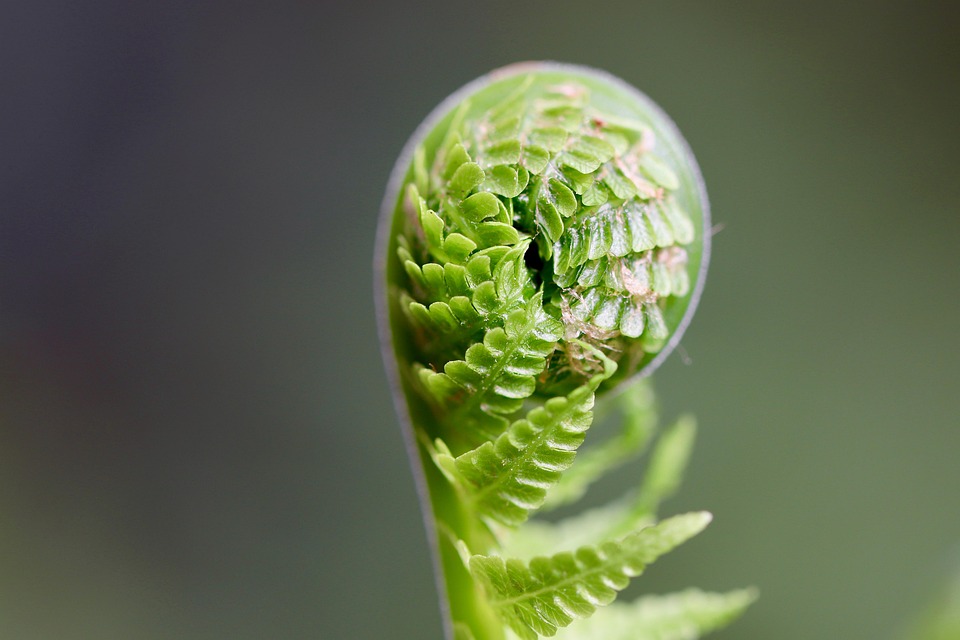Handmade paper designs have been a cornerstone of human creativity and expression for centuries. From the ancient art of papermaking to modern-day masterpieces, the art of crafting paper by hand has evolved significantly over time. The tactile quality, unique textures, and intrinsic value of handmade paper make it a treasure to behold. In this article, we will delve into the world of handmade paper designs, exploring the techniques, materials, and artists that make these creations truly special.
The history of handmade paper dates back to ancient China, where paper was first invented around 105 AD. The process of papermaking was a labor-intensive and time-consuming task, involving the pounding and macerating of plant fibers, such as mulberry bark, hemp, and flax. The resulting paper was highly prized for its durability, texture, and versatility. As papermaking techniques spread throughout the world, different cultures developed their unique methods and traditions, giving birth to a diverse array of handmade paper designs.
One of the most distinctive characteristics of handmade paper is its texture. Unlike machine-made paper, which can be smooth and uniform, handmade paper often features intricate patterns, fibers, and imperfections that give it a unique tactile quality. Artists and craftspeople use a range of techniques to create these textures, including embossing, debossing, and layering. For example, the traditional Japanese technique of “washi” involves layering thin sheets of paper to create a strong, durable, and textured paper that is perfect for calligraphy and artwork.
In addition to texture, handmade paper designs are often characterized by their vibrant colors and intricate patterns. Natural dyes, such as indigo, pomegranate, and turmeric, are used to create a range of hues, from soft pastels to deep, rich tones. Artists may also use various techniques, such as marbling, stenciling, and printing, to create intricate patterns and designs. For example, the traditional Indian technique of “paper marbling” involves floating ink on water and then transferring the design to paper, creating a unique and intricate pattern.
Handmade paper designs are not just beautiful to look at; they also have a range of practical applications. From stationery and greeting cards to art journals and sculptures, handmade paper can be used to create a wide range of unique and functional items. Many artists and craftspeople also use handmade paper to create three-dimensional objects, such as paper mache bowls, vases, and decorative boxes.
Despite the rise of digital technology and mass-produced paper products, handmade paper designs continue to thrive. Many artists and craftspeople are dedicated to preserving traditional papermaking techniques and pushing the boundaries of what is possible with handmade paper. For example, the modern paper artist, Peter Callesen, uses handmade paper to create intricate sculptures and installations that explore the relationship between paper, light, and shadow.
In conclusion, handmade paper designs are a true marvel of human creativity and craftsmanship. From the intricate textures and patterns to the vibrant colors and unique applications, handmade paper is a treasure to behold. Whether you are an artist, a craftsperson, or simply someone who appreciates the beauty of handmade objects, handmade paper designs are sure to inspire and delight.
As we continue to navigate the digital age, it is more important than ever to appreciate and preserve traditional crafts like papermaking. By supporting artists and craftspeople who create handmade paper designs, we can help to ensure the continuation of this ancient and beautiful art form. Whether you are looking to create your own handmade paper designs or simply want to appreciate the beauty of these unique creations, there has never been a better time to explore the world of handmade paper.
Frequently Asked Questions
Q: What is handmade paper, and how is it made?
A: Handmade paper is paper that is made by hand, using traditional techniques and natural materials, such as plant fibers, water, and natural dyes. The process of making handmade paper involves pounding and macerating the fibers, mixing them with water, and then forming the pulp into sheets using a mold and deckle.
Q: What are the benefits of using handmade paper?
A: Handmade paper has a range of benefits, including its unique texture, durability, and environmentally friendly production process. Handmade paper is also often made from sustainable materials, such as recycled cotton and hemp, making it a great choice for those looking to reduce their environmental impact.
Q: Can I make my own handmade paper at home?
A: Yes, you can make your own handmade paper at home using a few simple materials, such as water, plant fibers, and a mold and deckle. There are also many tutorials and kits available online to help you get started.
Q: What are some common uses for handmade paper?
A: Handmade paper can be used for a range of applications, including stationery, greeting cards, art journals, sculptures, and decorative objects. It is also often used in bookmaking, collage, and mixed media art.
Q: How do I care for handmade paper?
A: Handmade paper is generally durable and long-lasting, but it can be prone to fading and degradation if exposed to sunlight or moisture. To care for handmade paper, it is best to store it in a cool, dry place, away from direct sunlight, and to handle it gently to avoid tearing or creasing.
Q: Can I purchase handmade paper online?
A: Yes, there are many online retailers and marketplaces where you can purchase handmade paper, including Etsy, eBay, and specialty paper stores. You can also find handmade paper at local craft fairs and art markets.


